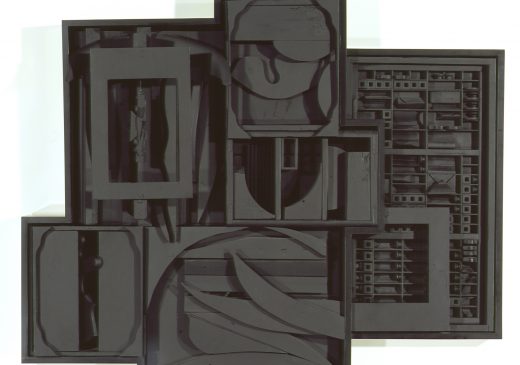Louise Nevelson knew as a child she was destined to be an artist. She immersed herself in the artistic life of New York in the 1920s, where she worked as an acress, singer, dancer, and painter. In the 1930s nevelson studied with Hans Hofmann, the influential teacher and abstract painter, from whom she learned about cubism and collage. In the mid-1950s Nevelson created room-size reliefs made of found objects tucked within stacked boxes, all painted black.
Louise Nevelson (September 23, 1899 – April 17, 1988) was an American sculptor known for her monumental, monochromatic, wooden wall pieces and outdoor sculptures. Born in the Poltava Governorate of the Russian Empire, she emigrated with her family to the United States in 1905. Nevelson learned English at school, as she spoke Yiddish at home.
By the early 1930s she was attending art classes at the Art Students League of New York, and in 1941 she had her first solo exhibition. Nevelson experimented with early conceptual art using found objects, and experimented with painting and printing before dedicating her lifework to sculpture. Usually created out of wood, her sculptures appear puzzle-like, with multiple intricately cut pieces placed into wall sculptures or independently standing pieces, often 3-D. The sculptures are typically painted in monochromatic black or white.
A prominent figure in the international art scene, Nevelson participated in the 31st Venice Biennale. Her work has been included in museum and corporate collections in Europe and North America. Nevelson remains one of the most important figures in 20th-century American sculpture.


